
I read Jono Slack’s excellent review of the new Leica C-Lux with great interest. The southern Crete travelogue combined with Jono’s incisive exploration of the new camera really set the scene. Above all, I was inspired by the beautiful imagery which accompanied the narrative
Secondly, I was captivated by the equally involving text which provided me with a vicarious visit to a country that I may never see. I thoroughly enjoyed the format that Mr Slack adopted for his article, at least equal parts tourist report and camera report. If you haven’t read it, I heartily commend it to your attention.

Thirdly, the article rang some very contemporary bells for me with its slant on a compact camera, useful zoom and small(ish) sensor. I had, by pure chance, in the weeks before the Macfilos C-Lux article, wandered (and often wondered!) into a camera store in Melbourne. There I spied an old — but reasonably neat — Fujifilm X20 on the second-hand shelf. I left with the little camera in my hand and, as a result, I too have a story to tell.
Strictly speaking, this was more a crime of opportunity than a premeditated search for a specific camera. And yet, there was in truth some preplanning of this purchase. For I had long harboured an interest in the little retro zoom line that Fuji kicked off in 2011 with the release of the gorgeous (to my eye) but flawed (in my estimation) and expensive (according to my wallet) X10.
This interest was by no means dulled when the Tokyo-based camera manufacturer released the almost identical X20 model just under two years later. Again, I was smitten by the looks and layout, but put off by the small sensor – which I ignorantly deemed to be insufficient for my “enthusiast demands” – and higher price. It had some improvements, a few things I was unsure of, and a few things I wished it had. So, I held off for the next iteration.
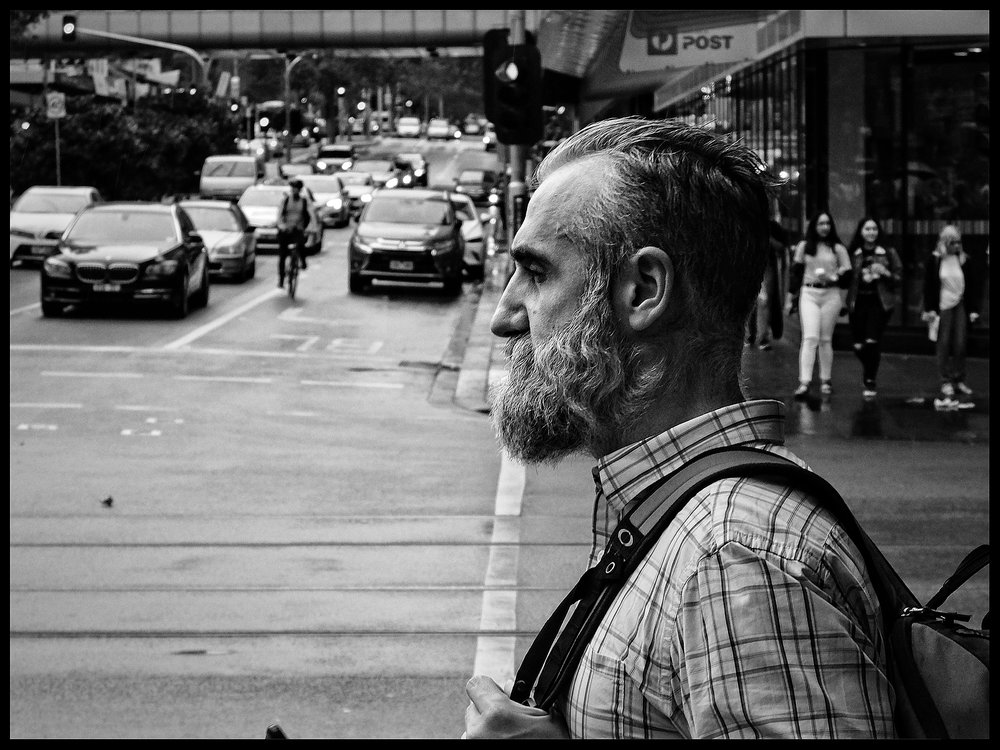
This arrived on the market in late 2014, bearing to the surprise of literally no-one the nomenclature of “X30”, and almost immediately I lost interest. Again the small sensor, again a price tough to justify and a look that, well, just didn’t seem quite as complete as its predecessor. Yes, new the tilting LCD and wifi capability was good, but when I held an X30 it wasn’t quite the camera I had hoped for. My attention moved away to new targets.
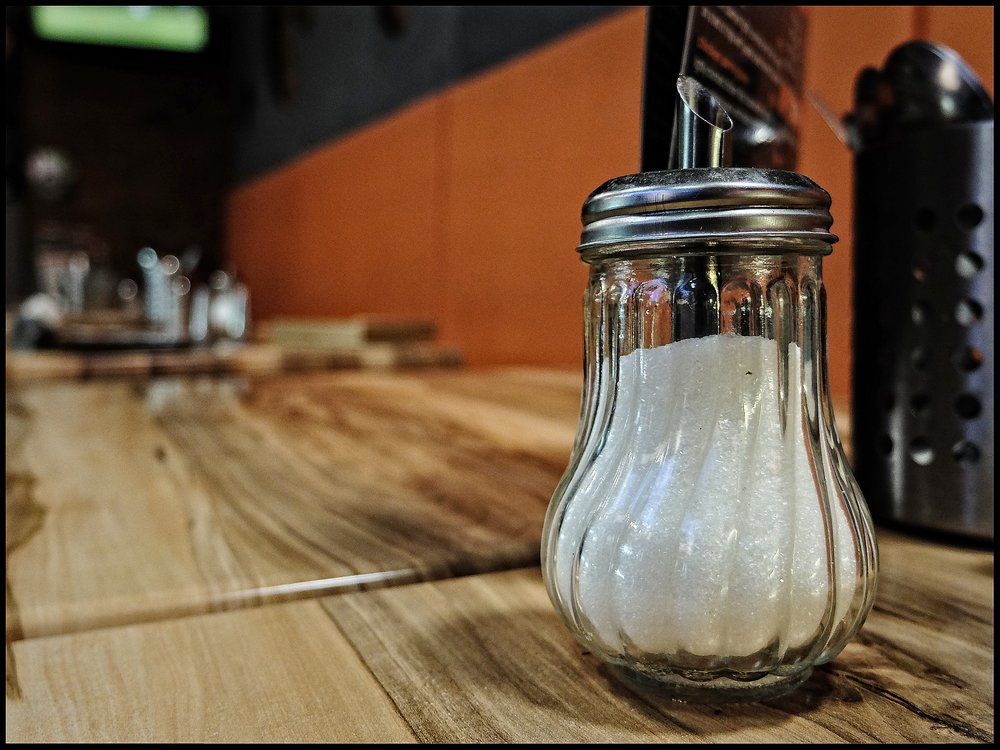
Fast forward, then, across the intervening years to mid-2018, and there was an X20 looking for a new home. Inevitably, the passage of time gnawed away at one of my initial objections to the X20 – the price. Other than Leica Ms, most cameras become far more affordable, but having kept an intermittent watch on X10 and X20 eBay prices at times, my impression is that these devices are actually reasonably sought after. I certainly wouldn’t say I got a bargain, but I did get a clean camera, in my preferred all black livery, complete with the genuine Fuji case and strap.
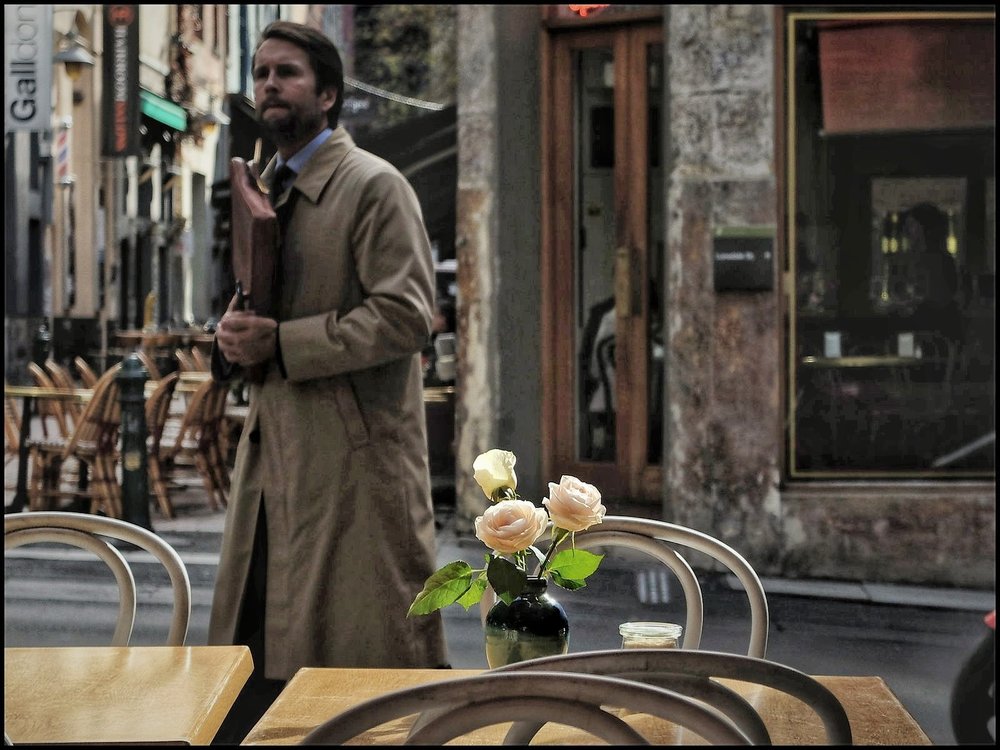
So what, then, do we have here and why am I pleasantly surprised with my purchase? And what in god’s name does it have to do with Jonathans’ Leica C-Lux report? Well, as it turns out, both quite a lot. And not much at all.
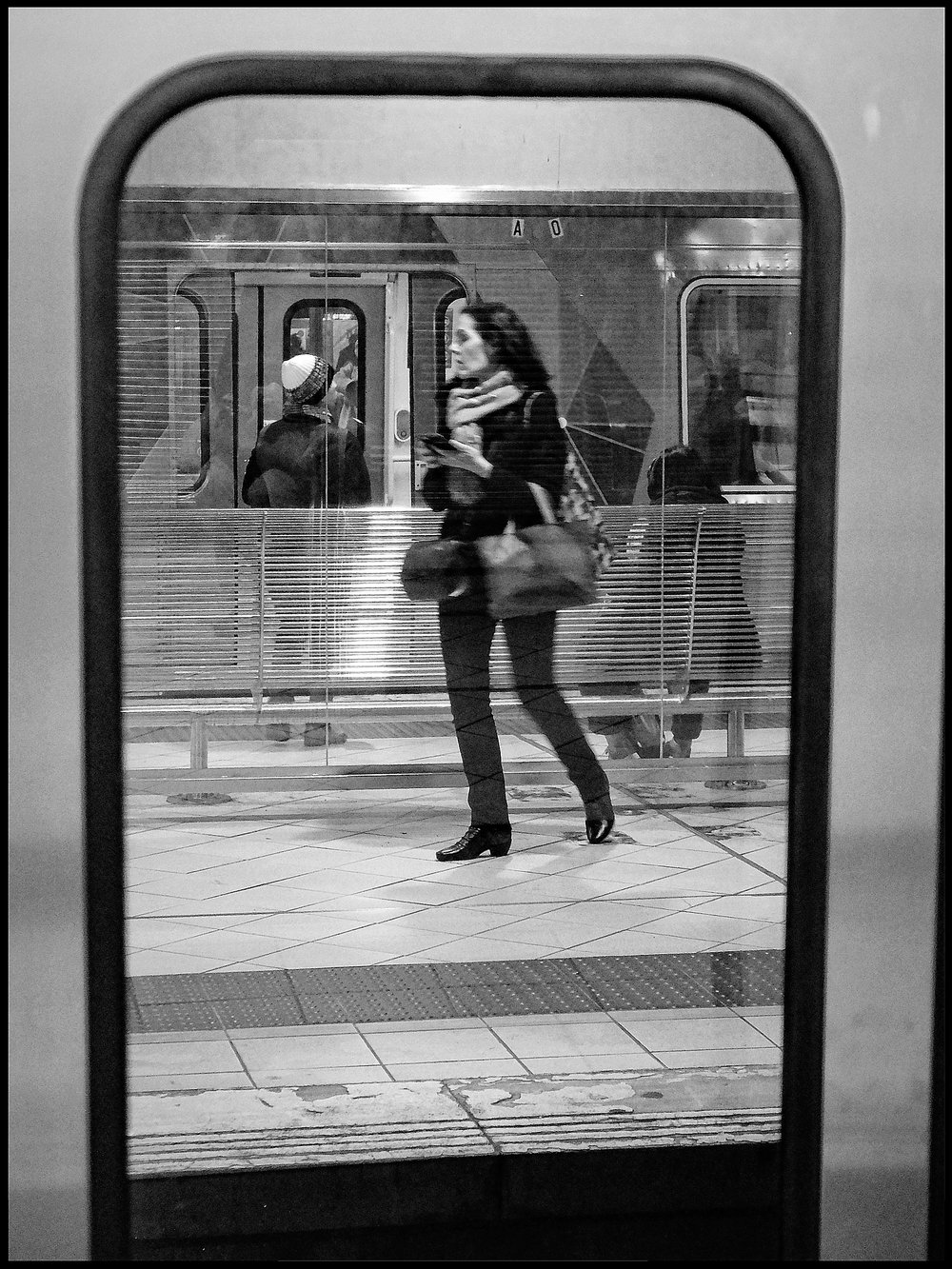
The X20 sports a relatively small 2/3” sensor. Unlike the earlier EXR sensor in the X10, this one is equipped with new technology that remains ubiquitously “Fuji” to this very day. Indeed, it was released concurrently with a bigger brother — the APS-C sized X100S — and together they cemented Fuji’s commitment to the X-trans sensor technology that debuted a few months earlier in the ILC X-Pro1. I have little interest in debating the relative merits of Fuji’s radical sensor layout against the more widespread Bayer type, being as it is almost entirely in the subjective eye of the beholder.
Suffice to say that the 12MP sensor, backed by the EXR II processor, may not be materially better than any other 2013 contemporary, but it does seem to boast a typically “Fuji” output in colour tones and rendering. I have found that it isn’t always terribly accurate, but it can add a very pleasing and distinctive vibe or mood to pictures. In good light, it indeed can produce some surprisingly lovely images for a sensor well under the 1-inch minimum that we generally accept in today’s cameras. I haven’t bothered with RAW processing so far, I just tweak the jpegs to taste. That may change,
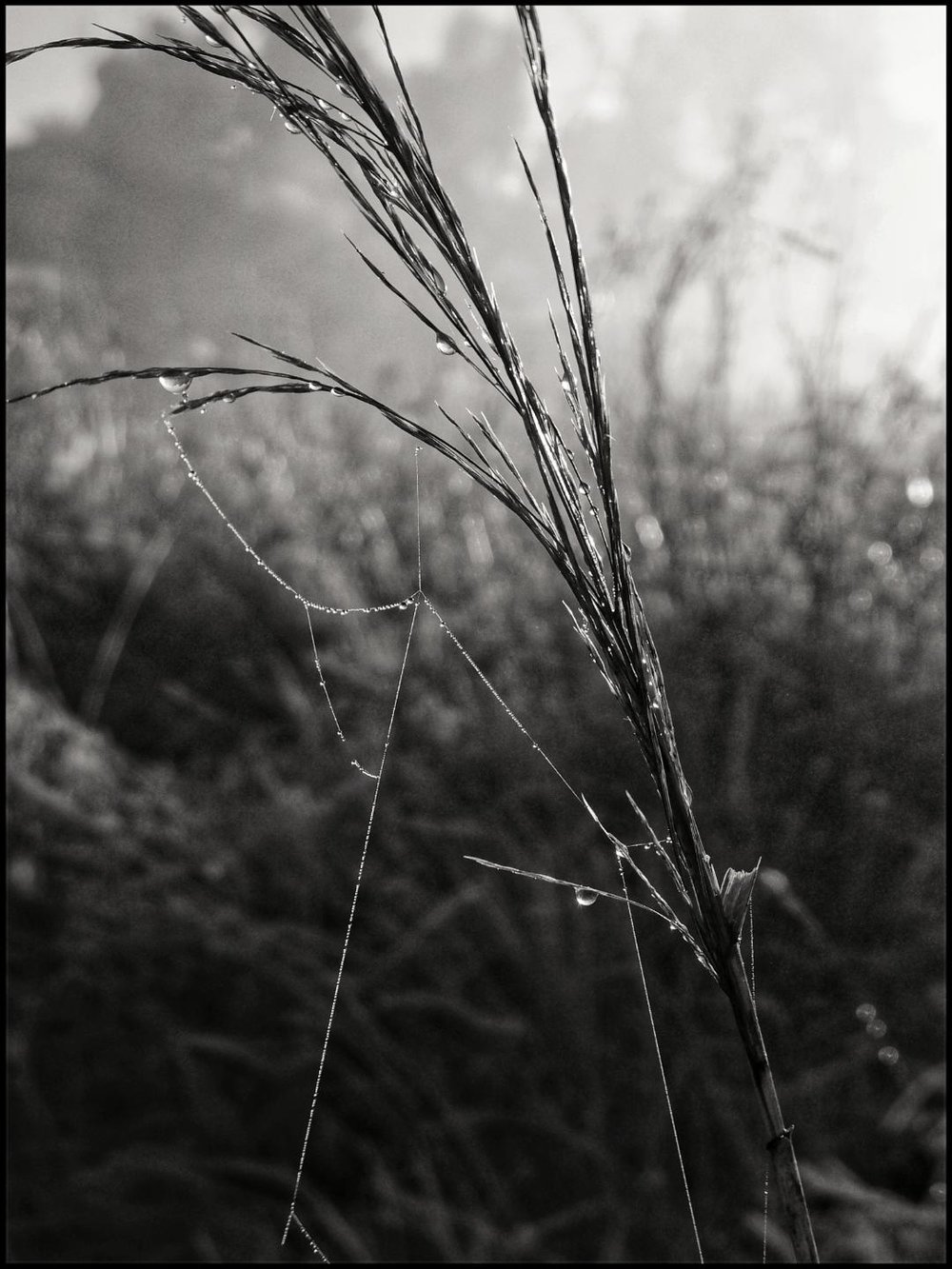
The X20 also sports a couple of very strategic weapons in its arsenal. The first is a very acceptable zoom range. In 35mm terms, it ranges from a 28mm wide angle right through to 112mm at the long end. And it is sharp. I’m not a pixel peeper, but from corner to corner it stands up well to scrutiny. Okay, I may perhaps wish for a 24mm equivalent in an ideal world. And it’s certainly a long, long way from Jonathan’s C-Lux, sporting as it does an extraordinary 24-360mm equivalence. Nor can it touch the new Sony Rx100 Mark IV (!!) which also boasts an impressive 24-200 lens. There’s no shame in that though, the X20 is positively geriatric in camera terms, where five years can – in Sony’s case at least – equate to six or seven updates.
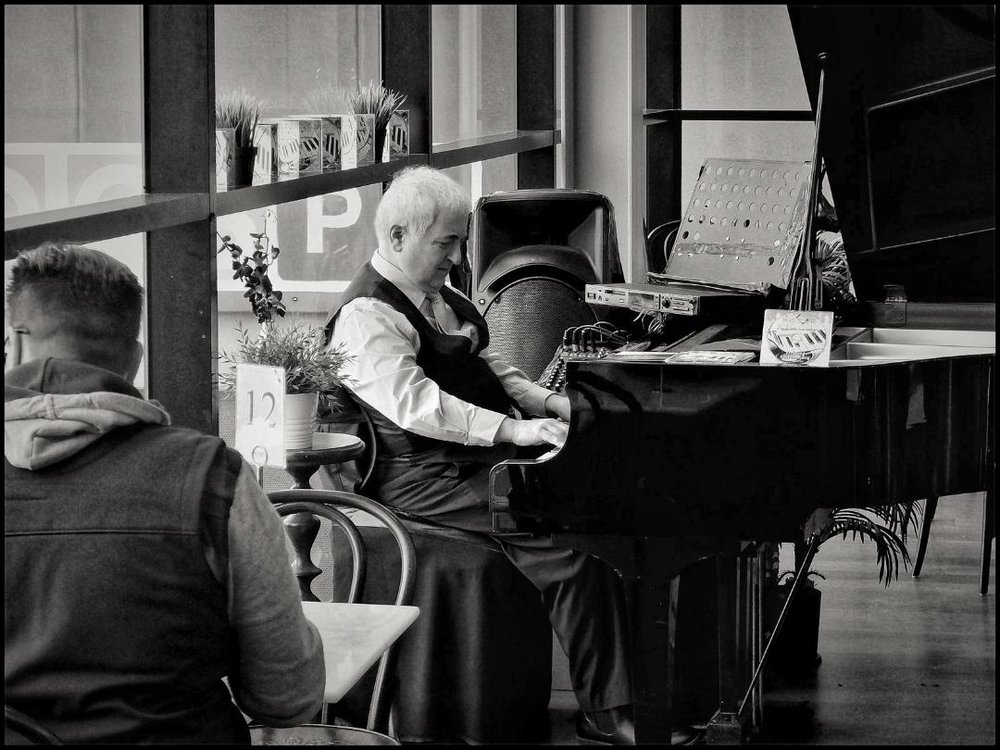
What the smaller sensor does allow, though, is a bigger aperture without unwelcome bulk. The X20 lens doesn’t quite manage a constant aperture, but at f/2.0-2.8 it is usefully quick at the wide angle and drops off very little on its way to the telephoto end. Contrary to popular prejudice, you can actually get a bit of subject separation from this combination in everyday use. Naturally, background distance plays a large part. As does subject distance, and here again the X20 has a trick or two. Select Macro mode, and you can get in as close as 10cm and still focus. In Super Macro this drops to a ridiculous 1cm, although it seems to work at only at the minimum focal range. Looking for some bokeh? Sure thing.
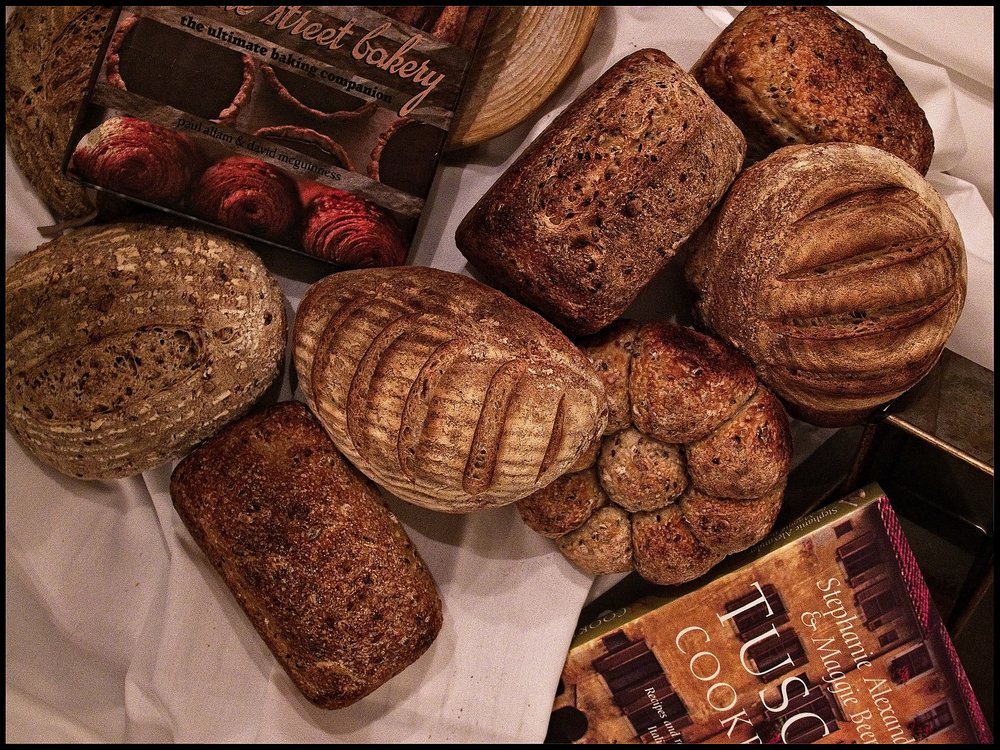
The other technical aspect I should probably mention is that the camera is image stabilised. I think it’s in the lens, but I’m not sure about that. For me, it doesn’t matter. What does matter is that it works. Sure, it’s not the wizardry of my G9 or PenF. But if you can shoot with slower shutter speeds when appropriate, then the ISO doesn’t need to climb, which is an advantage for any sensor, but especially so in the smaller varieties. It’s interesting to note that Fuji didn’t bequeath IBIS to any of its more upmarket fixed lens camera’s — the X100F is still unstabilised — or even its flagship interchangeable lens bodies until the very recent X-H1. As someone who has been thoroughly spoilt by my Panasonic and Olympus bodies, I’m quite proud that my X20 has some measure of stabilised IQ.
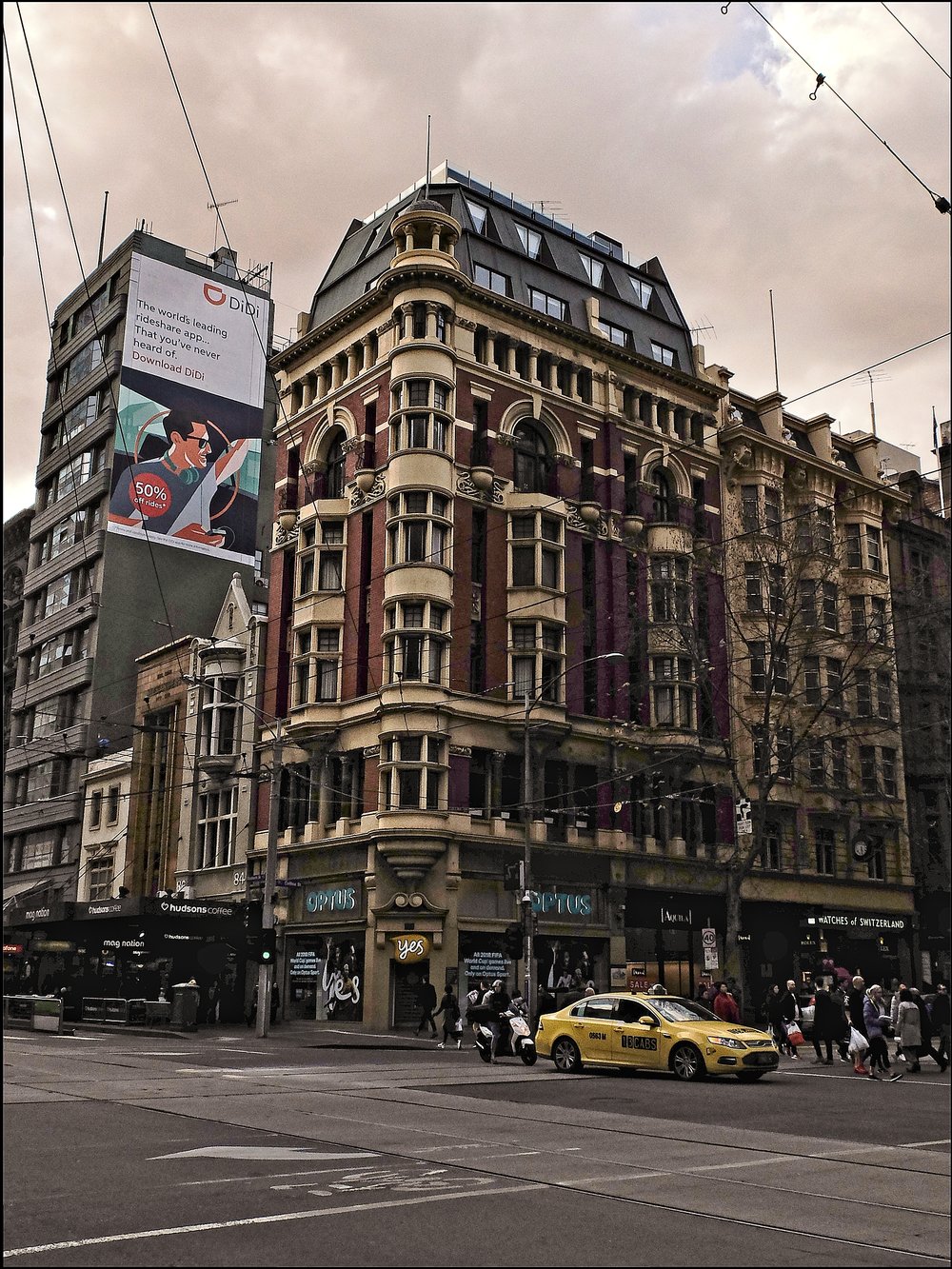
Righto, so that’s probably enough of the tech stuff. Suffice to say that I quite like the look of the files the old X20 can produce. The colours look vibrant and somehow suited to moody street photography and — seemingly like all Fujis — the monochrome images it can create are quite striking.
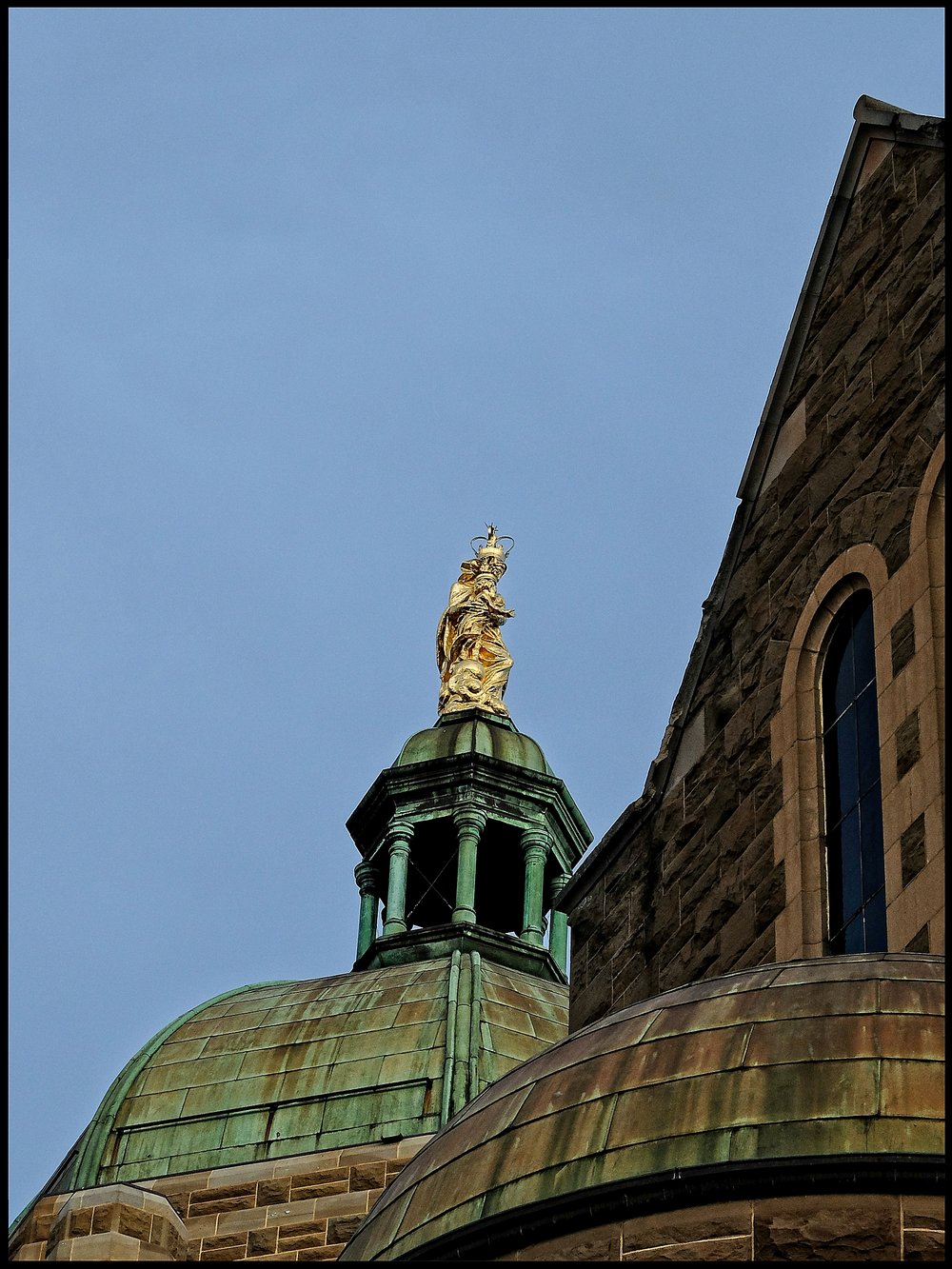
But where the camera has really grabbed me is in use. I love — and I mean that in an almost literal sense – that the lens is also the on switch. Seriously, pick the camera up, and the act of zooming the lens also turns it on. One motion, no flicking of levers, pushing of buttons, its just fluid and habitual. Sorry? Did I say zooming the lens? Yes! A manual zoom. And it’s glorious.
Electronic zooms drive me nuts, both in slowness and the horrible sound too many seem to suffer from. Not on the X20. Turn the hand and instant focal lengths at your fingertips. It is all so intuitive and natural. But wait, there’s more.
Fuji has very kindly marked the full-frame equivalent focal lengths on the zoom barrel. Like the 28mm Ricoh GR style focal length? It’s there. A bit further and you have the standard 35mm street-shooting field of view. The ubiquitous 50mm length for daily shooting? There it is. The quintessential 85mm for portraiture? Yep, they’ve got your back on this one too. And of course, the legendary 112mm focal……err…. ok, never mind about 112mm. I’m sure they wanted to go to 135mm, but the lens just wouldn’t stretch that far. Incidentally, the apertures at the various focal lengths are 2.0, 2.2, 2.2, 2.5, 2.8 respectively. So, it’s not like far too many modern lenses that lose their “quickness” too quickly.

Then Fuji went and coupled the lens with an optical viewfinder! No, really. They did. And it’s a beaut thing. And a bit quirky. But mostly beaut. It’s also a bit mysterious because it hangs off the side. Like an old rangefinder. You can see through it, even with the lens cap on. Like an old rangefinder. The lens takes up part of the lower right viewing area. Like a rangefinder.
But it is not a rangefinder! No sir. There’s no risk, for starters, of shooting copious amounts of photos with the lens cap on – the ON switch on the zoom lens puts an end to that. And somehow, by the art of mechanical trickery, zooming in the glass also zooms in the FOV in the optical viewfinder. Not like a rangefinder. There aren’t any framelines. No rangefinder action here.
In reality, the OVF doesn’t show you an accurate frame at all. Online sources suggest that it presents about 85% of the final frame that you’ll capture. That seems about right in my opinion. I daresay that this would bother some people immensely, as it’s true that precise framing is more or less impossible. It doesn’t bother me in the least. With how I view this camera, it somehow fits. And for what it’s worth, the camera also has a live view on the rear LCD, which will indeed give you an exact idea of your finished frame. I rarely use it for anything other than an occasional image review. For me, the X20 is all about the OVF and the manual controls. But its there if you want it.
Oh, wait, if you want to focus manually, then the LCD is your only option. There’s a lovely little switch on the faceplate that chooses your focusing mode. You use the rear control dial (there are two control dials, just as any self-respecting camera should have) to adjust the focus, with a distance scale appearing on the bottom of the screen and focus peaking on the magnified image view itself. The focus peaking seems more useful to me, but now that I think about it, you could zone focus with the X20 reasonably well if that’s your go.
Click on images to enlarge


I’m probably a bit unusual in that I’ll often want to shoot without any idea how the pictures will look. I’ll turn off image review. With my PenF, GX8 and G9, I will usually shoot with the screen closed. Not just to protect them, but to remove any temptation to ‘chimp’ or check the results. It’s my budget way of pretending I own a Leica M-D. Or that I am shooting film. The X20 is perfect for this. No, the screen can’t be closed. But it can be turned off. Which then leaves you solely with the optical viewfinder, there’s not even an EVF to give you a hint of the final exposure. It’s weird, it’s somewhat disconcerting, it’s quite unpredictable, and it can be fun. And infuriating in equal measure. Again, this would drive many people insane, it’s certainly not overly practical, but at times I just like to do it.
The OVF is nice and bright. It is also digitally overlayed with your shutter speed, aperture and focus points. I find it outright fun to use, not least because you’re not entirely sure of the framing or even exposure! The sensor has both phase and contrast detect AF. Apparently, this is a significant improvement over the X10 (and reputedly a massive improvement over the original X100). They must have been terrible because, either way, I wouldn’t rate it as terribly fast or even foolproof. When it locks focus the boxes turn green, if it fails you get a red box. I’ve had a few focus reds, usually in poor light but sometimes in good light. Unexpectedly, the X20 has face detect as an option. Even more surprisingly, it sometimes works!
Battery life isn’t great, but they’re so small that I could probably carry a handful and notice them less than a pocketful of change. USB charging would be a luxury, but this was 2013, remember. And the absence of wi-fi is painful for a travel camera. In frustration, I bought a wi-fi SD card, but the audible beeping every time I turned on the camera drove me nuts.
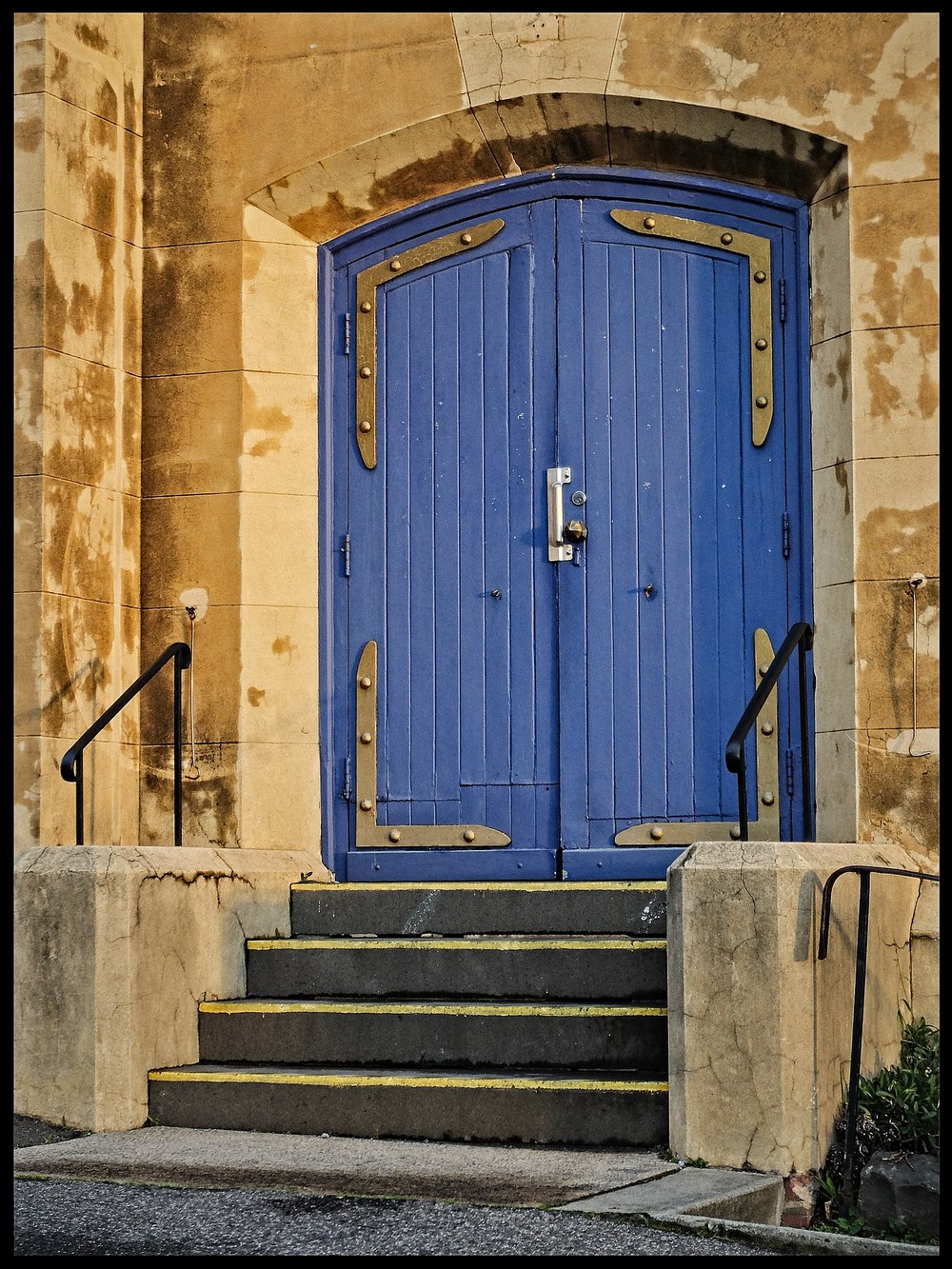
It’s not a truly small camera. Mid-90’s hip-hop artists would have fitted it in their jeans pockets, but no-one since – or with any dress sense – would manage it. But it fits comfortably in a jacket pocket. I tend just to carry it in hand, it’s certainly not an encumbrance, but equally, it’s not as compact as Jonathans C-Lux. The RX100 is even more diminutive. But I prefer the tradeoff of the handling granted by the X20. It doesn’t just feel and look classy with its all metal construction, it’s also very functional in layout. The Exposure compensation dial, the mode dial complete with Custom positions, dual control dials, an FN button that I use for rapid Iso access, the manual zoom, a decent aperture, the lag-less OVF…… it all adds up to a fun and unique camera to carry and use. Oh, and not to be overlooked is that it fits perfectly in a small storage area under my motorcycle seat. I plan to go away for a night or two on the Triumph when the weather improves, and I intend to take only the X20 to see if it truly stands as my versatile travelling companion.
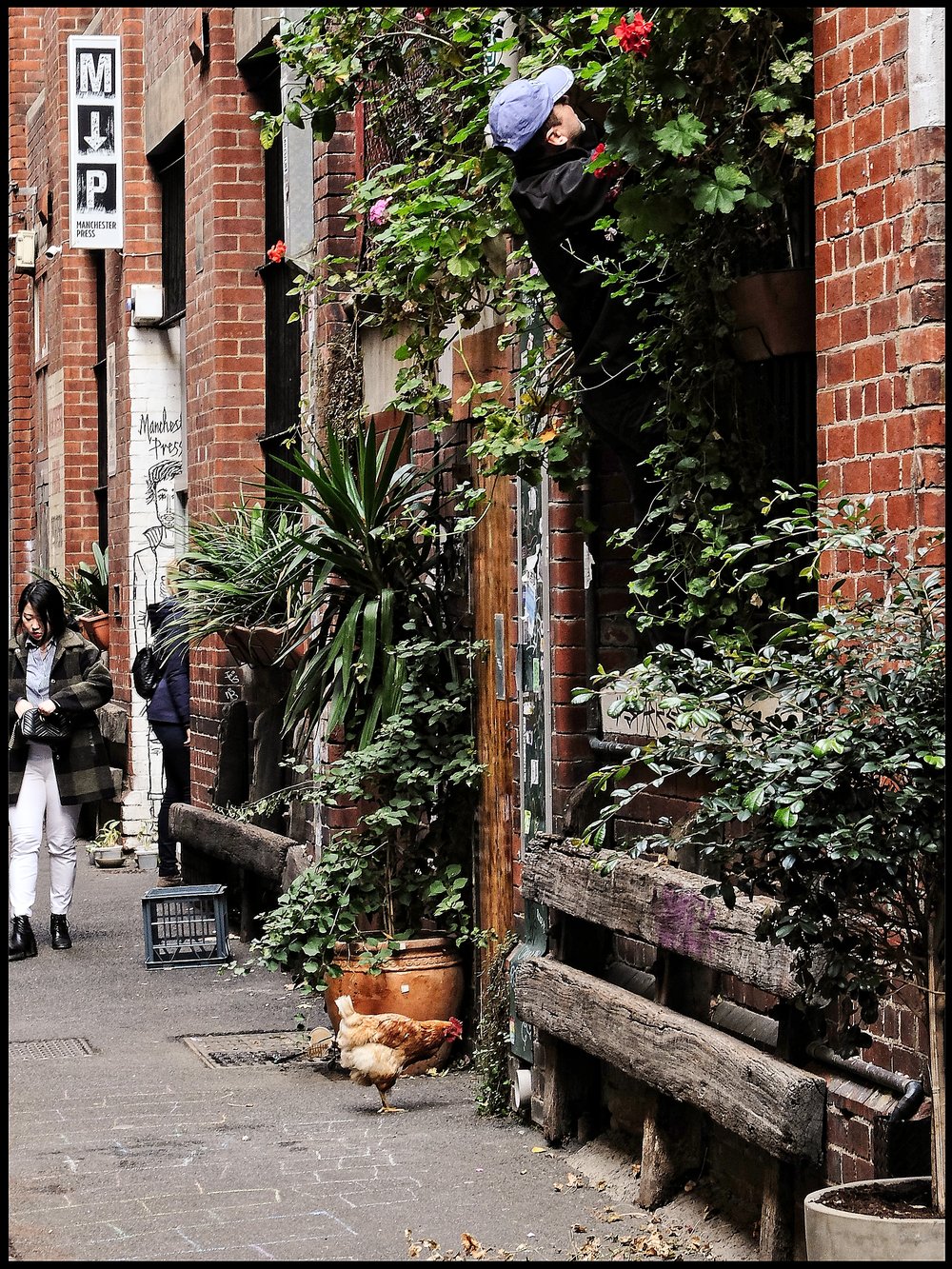
The X20 is currently my daily carry. I’ll shoot from the car window, I’ll shoot street, landscape, people and more or less anything that randomly catches my eye. It is not my favourite camera, however. The GX8 probably still fits that bill. But I have nothing else that comes even close to the unique set of features this camera possesses. For both better and worse. It is quite a fascinating little device. I call it my “Sketch Camera”, as realistically ultimate image quality isn’t going to measure up to many current day competitors, but the mood and tone of the shots I find are often appropriate to the moment as I envisaged them.
As it stands right now, I know the X20 can’t do everything I want it to do, but 80% of the time it can probably do most things I would actually need it to do. Maybe. The zoom range isn’t extreme, but it’s useful.
I can’t think of another small camera with the mix of mechanical zoom and optical viewfinder, though this can cut both ways as it admittedly introduces some difficulties that many people wouldn’t tolerate. And my X20 only represents a small proportion of the cost of a C-Lux or RX100 series, so I’m always happy to drop it in my jacket pocket for an outing, less concerned with its well-being than I likely would otherwise be. But perhaps most crucially, I simply like to carry it with me. That right there is probably the real test of any “travel camera”, however big or small it may be.
What it won’t do is give me Jonathan’s skill or eye. But that’s another story altogether.
______________
- Subscribe to Macfilos for free updates on articles as they are published
- Want to comment on this article but having problems?






Thinking about purchasing it. I shoot street and even with RAW I love to shoot JPG in Monochrome
I’m also late to the party. I bought my X20 in 2013 .My love for this camera is beyond compare, It’s such a joy to use, It inspires me, It does so much . I have the silver and black version which kind of looks special. Which it is. I’ve taken it all around Europe, Sweden, Greece, To Mexico, to Florida, New York in a couple of weeks time and then to Florida next year. London was also so special especially the Sky Gardens. London Eye. I took some beautiful photos.
There is no need for Raw, J Pegs as so good, The film simulations ,OMG.
Provia, Velvia, Astia, Pro Neg, Hi and Low, B & W with Yellow,Red,and Green Filters. The OVF is bright and has all the info you need. The X10 I couldn’t afford when it came out, When the X20 came out, Still couldn’t afford it. So it was bought with my Barclaycard. This Camera is absolutely unique. There was no way I was going to give this a miss. The X30 is a better camera, but it’s not special. Lacks passion, Lacks the real camera feel which the optical view finder of the X10 and X20 gives. If you can find one then purchase it. JUST DO IT. They broke the mold when Fujifilm made this, Yes I’m in Love with this beautiful well crafted well made camera.
I have just bought a X20 by accident, it was very cheap, looking clean and I thought I was buying a Fujifilm with APS-C sensor. Thank you for a comforting review, maybe we will have a good relationship after all. Your photos look beautiful.
I’m late to the party here, Heikki, but I hope you’ve enjoyed your X20 as much as I have. It’s competing for my attention (and use) with far too many cameras, but it’s still lovely “in the hand” when I do take it out.
Hi Jason,
First off – I love your photos, especially the BWs. I’ve been using a Panasonic LX100 which is in quite a few ways similar to the X20 (viewfinder, larger but still small sensor, shorter telephoto but fast and sharp lens in a small camera). I’ve been wishing for a slightly longer lens and got caught up in searching online for a "better" camera imagining I needed an XT3, XPRO2 or XE3 and a larger sensor. But I had the X20 all along and abandoned it mostly because of my silly bias against the sensor size. Between my LX100, the X20, and also a Ricoh GR2 I am spoiled for options. More often than not I grab these small, versatile, fun cameras over larger "more serious gear". I can see an IQ difference compared to a full frame camera but who cares most of the time. I do this for enjoyment not for image quality perfection and have no clients/customers with expectations. Anyway, this is just a long way of saying that yes X20 still has its place in 2018. Not sure if there are any alternatives on the market today that doesn’t give up the Fuji’s ergonomics at this price level.
Best
Jim
I recently bought an used x10 for 160€, which is identical but has the bayer sensor which in my opinion makes colors even more "Fuji".
Totally agree with your review and I have got the exact same love for it!
Keep up the good work.
Quality images Jason. Another example that a “small” sensor can still provide exemplary output if it is well engineered with a very good lens, and a photographer who sees the image and light.
I’ve always kept a Fuji X20 on the shelf as it really does tick both boxes of Form and Function, as you so well point out. In fact, I did sell my first X20 to a known Macfilos leicaphile to give to his son. After the sale I soon felt bereft and realised the error of my ways, so within two months I had sourced a replacement.
Looking forward to seeing images from the X20 when you do get out there on two wheels.
Jason you are clearly happy with your new/old camera and I enjoyed the variety of subjects used in your article. I would back the suggestion to invest time and master the use of raw capture.
One mildly critical comment. For whatever reason, settings in camera or post-processsing, your results do betray excessive sharpening, which is a pity. This could easily be remedied with Raw files, less easy with progressively degraded jpegs.
Thanks, David.
I agree, a couple of pics look over sharpened on the larger monitor.
The backstory is that I have had little time to shoot due to work and family, and even less time to PP. So I was content to use jpeg, transfer to phone and pp for some Instagram Pics. I worked up a preset in Snapseed and voila!
The danger of course is that small screens hide many issues and the reality is that you can’t push these jpeg files too far.
Too my eye, the mono images look ok, but a couple of the colour shots are a bit overdone.
I’ll keep experimenting when life settles down a bit and see what the raws can deliver.
Excellent review, almost makes me want to rush out and search for an X20, and despite your self-deprecating assessment of your skills, I am impressed with the excellent candid shots, use of light, and B&W tones you’ve captured. Your writing skill puts mine to shame as well. In all, well done!
Excellent photos Jason. Why have you not used RAW? With Fujifilm X-Trans Raw (not on this camera but this could be relevant to its output- you would need to check) you get excellent film effect Fujifilm colour and B+W filters in Lightroom as well as a smaller range of Adobe filters which do the same thing. With other makes, such as Leica, you only get the much more restricted range of Adobe filters. Maybe you are not interested, but you would be bringing considerable extra firepower to bear on your images by using RAW. The current range of Fujifilm X-Trans cameras will also give the same effects in JPEGs coming out of the camera but this gives you less flexibility. I am only raising this as you seem to be quite enthusiastic about the whole ‘digital thing’. My view is always ‘in for a penny, in for a pound’. This is not complex stuff, just a simple click gives you wide range of additional options and this can be done in seconds.
William